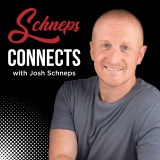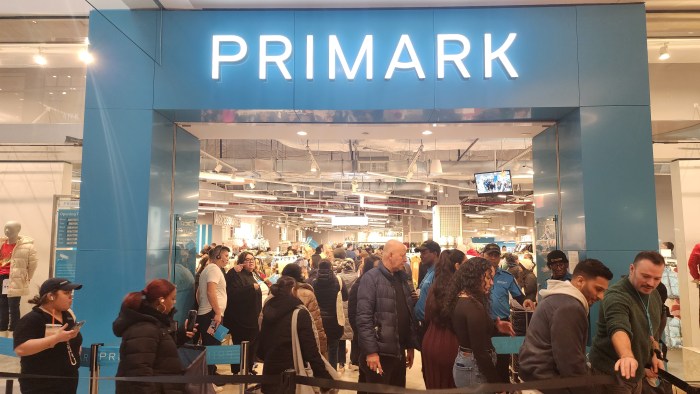If you’ve been wondering what to do with all that extra cash you’re so sick of, I hope you hightailed it over to the Luxury Technology Show last week in Chelsea.Otherwise, you might not be aware of some of the must-haves coming soon — or already upon us — like the smart pillow.
Now, a truly smart pillow would have a mallet that knocked you over the head every time you couldn’t sleep. (Well, every time you were in bed and couldn’t sleep. You wouldn’t want the pillow-mallet chasing you around the apartment.)
But this smart pillow, the Zeeq, does things like detect when you are snoring. Then it gently vibrates so you’ll shift position.
This is an improvement on the old “smart device” you may have employed, also known as “your spouse,” who would gently (or not) kick your shin when you started sawing logs.
For $299, the Zeeq also streams music, and since it, like everything else in the world, is linked to your phone, which is linked to your life, Zeeq also keeps a record of how your sleep correlates with how much you ate, walked, ran, exercised, napped, drank wine, and guzzled coffee during the day.
Then as you start trying to calculate out all the connections between those variables — hmm, five blocks of walking and one latte plus a nap minus a Chardonnay — you find your eyes swimming. And so: It works!
Other booths were filled with high-tech wrinkle reducers, headsets that look like iPhone earmuffs, apps to interact with your dog when you’re on the road, and ear buds that do everything but revive the dead. So it was refreshing to stumble upon a booth selling something that didn’t seem too hard to operate.
“Open can!” I commanded and voila! The voice-activated garbage can opened up.
This can is not actually on the market yet, explained Mia Fields, who works for simplehuman [cq], a line of home goods found at Bed Bath & Beyond and beyond. But come May, you will at last be able to talk to your trash receptacle. And if you don’t feel like chatting, a wave of the hand opens it, too.
I didn’t want to mention that there are already garbage cans on the market where you press a little pedal with your foot, no voice recognition or batteries are required. So I shut up (like a garbage can messing with its owner) and asked Fields about the other item on display: A light-up makeup mirror.
The mirror’s lights are controlled by, what else? Your phone. But this is not a question of “off” and “on” or even “daylight” vs. “Hollywood.”
“There are 50,000 different light settings,” Fields said. So, for instance, “If you want to do your makeup based on the lighting in your office, you can take a photo in the app and mimic the same lighting on the mirror.”
This struck me as the most first-world solution to the most first-world problem I’d ever heard. But when I mentioned the mirror to two of my friends, they both thought it sounded fantastic.
A male friend had a similar reaction when I tried to describe the “Fizzics” geegaw at the show.
“If you take a can or bottle of beer and do a normal pour” — the Fizzics demonstrator proceeded to pour a can of beer into a plastic cup — “the bubbles are all different sizes. You lose the flavor and aroma.”
You do?
I didn’t want to drink the beer, so the demonstrator obliged by drinking it for me and shaking his head to indicate this sub-optimal beer experience. But put your can or bottle into the “Fizzics” machine, and the ultrasound technology controls things so precisely that when you press a lever and the beer comes out, the bubbles are perfect and the head is more impressive than the snow on Mt. Fuji.
The demonstrator drank this beer for me, too, exclaiming at its creaminess and aroma.
“The micro-foam locks all the flavor in!”
His eyes looked slightly glassy as the next customer came up to ask for a demonstration. But it was a happy glassy.
And then there were the folks selling the LumiDiet — a belt the size of the one you get if you’re heavyweight champion of the world (no pun intended), except it’s lined with red light-emitting diodes.
When the lights are on, the belt melts the pounds away. The marketing specialist, Jay Lee, said, “We recommend you use it prior to exercise, for better, faster results.”
Yes, I’ll bet that helps.
“Can I eat while I wear it?” I asked, causing Lee to snap, “You can’t eat five hamburgers a day and still lose weight.”
Maybe technology still can’t do everything we need it to.
Lenore Skenazy is a keynote speaker, founder of the book and blog Free-Range Kids, and a contributor at Reaso




































